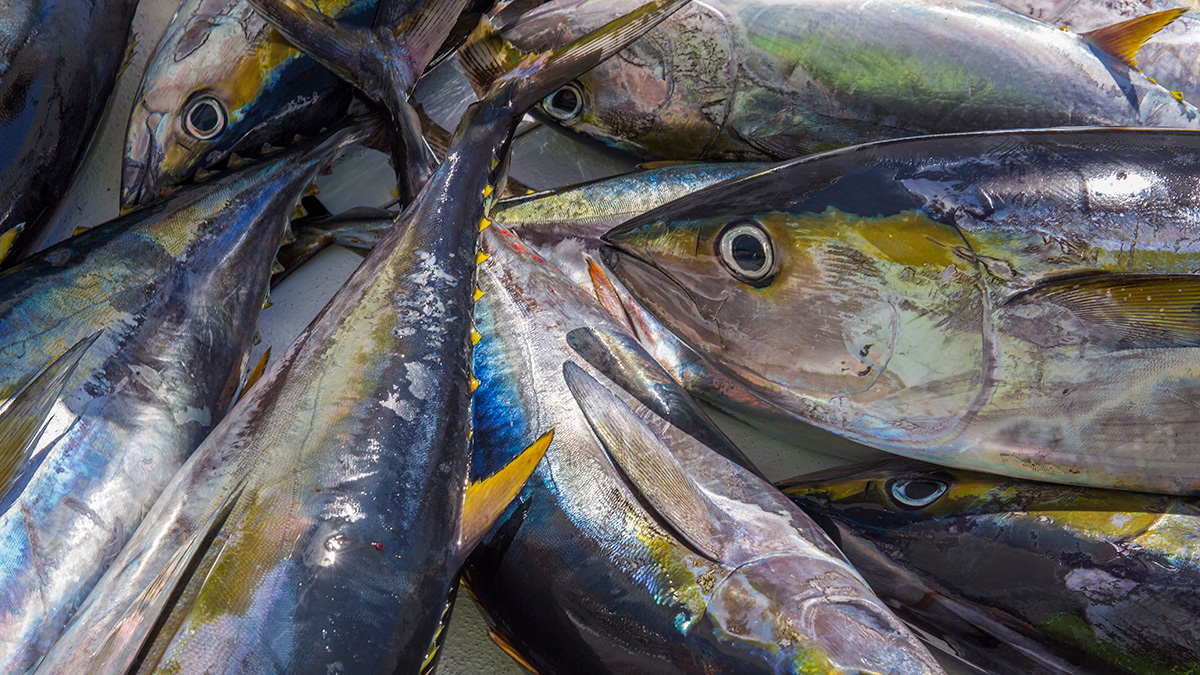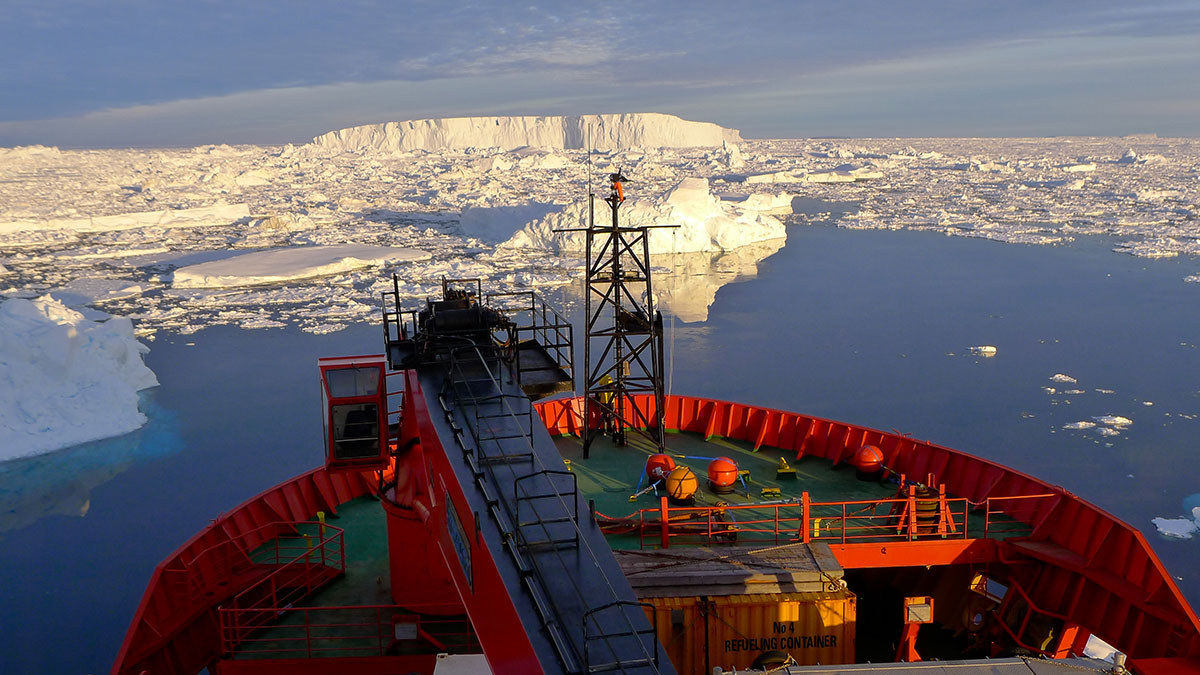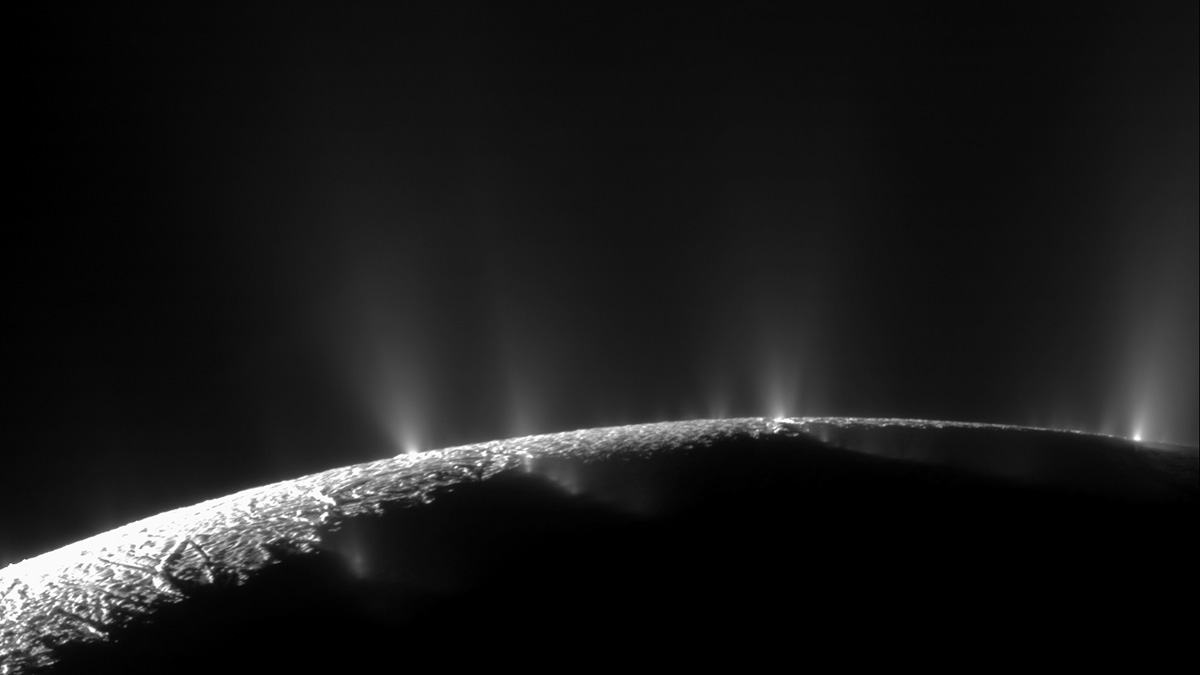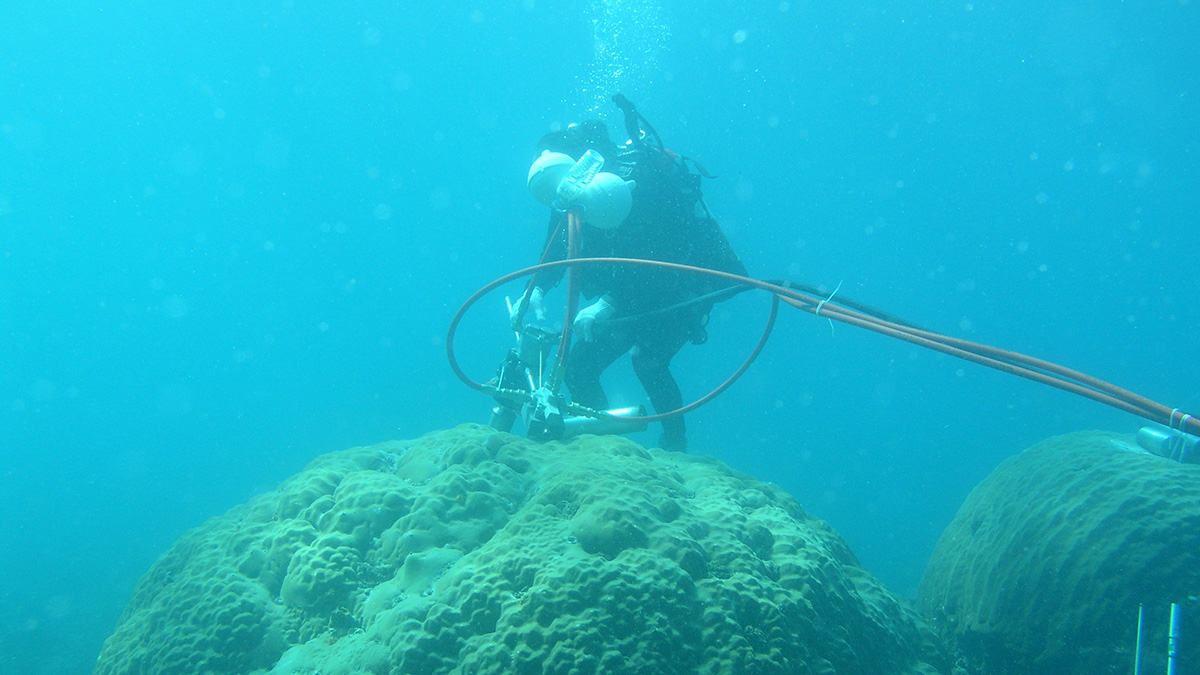Cooler and saltier than even the water just below it, the ocean skin plays a critical role in ocean-atmosphere gas exchange.
Oceans
Essential Ingredient for Life Found on Enceladus
Icy plumes from Saturn’s moon Enceladus contain phosphorus, part of the biochemistry of life—the first time the element has been found in a liquid environment beyond Earth.
Las protecciones marinas no afectan la captura de peces en México
La captura de especies como el atún y el pez espada no disminuyeron después de que un área marina protegida del tamaño del estado de Nueva York fuera establecida en las costas de México en 2017.
Meltwater from Antarctic Glaciers Is Slowing Deep-Ocean Currents
Antarctic ice drives crucial deep-ocean currents that help regulate Earth’s climate. But the system is slowing down.
Frances Lightsom: Pivoting to Information Management
Frances Lightsom started her career as an oceanographer. Then she found delight in data.
Dawn Wright: Diving Deep to Discover the Secrets of the Ocean
The chief scientist at Esri wound her path into and out of academia.
Marine Protection Does Not Affect Fish Catches in Mexico
Catches of species such as tuna and swordfish did not decrease after a marine protected area the size of New York State was established off the coast of Mexico in 2017.
What Methane Jets Might Tell Us About Enceladus
Plumes on Saturn’s moon Enceladus are dumping methane into space—fast. Something must be resupplying the organic compound.
Ambidextrous Microbes May Pump Out CO2 as Temperatures Rise
Certain microbes that engage in both photosynthesis and predation are more likely to do the latter as the planet warms, resulting in a net release of carbon dioxide.
La química de los corales refleja la expansión económica del sudeste asiático
La erosión del suelo derivada del desarrollo económico mueve sedimentos hacia el mar del sur de China y también hacia los esqueletos de los corales.










